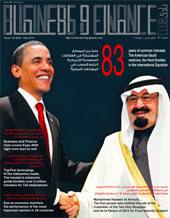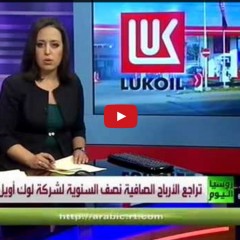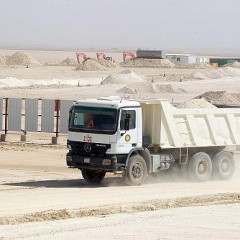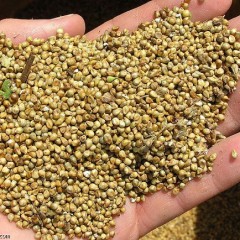
Iran
Iran’s Dependence on Oil Production & Exports
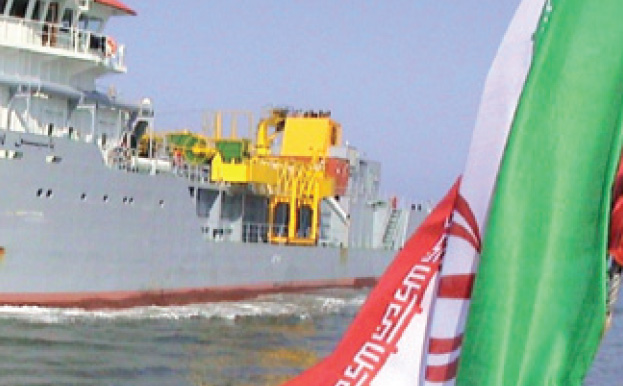
In 2013, Iran decided to reduce the value of the Iranian riyal against the dollar by half, in the midst of a severe economic crisis that resulted from international sanctions against its nuclear program. Iranian banks were a target of a ban that was imposed on carrying out global financial transactions through international banking networks. As for the central bank, it allowed most importers to buy local currency with a value of 24,779 riyals against the dollar, while the exchange rate was previously estimated by 12,260 riyals. Moreover, the Iranian commodity stock exchange recorded, during the first 9 months of 2013, an increase in the trading volume by 19% and 60% after selling 17.7 million tons of various products that exceeded 309 thousand billion riyals. Mining and industrial products saw a rise of 12 and 30% in volume and value while trading about 9.8 million tons of various products that are worth more than 161 thousand billion riyals. Besides, oil and petrochemical derivatives recorded a rise in the volume of trading amounted to 32 % and 115 %. Draft budget for the current year included expenses of approximately $80 billion based on the official exchange rate. Besides, it included a duty increase in prices for the sake of providing annual subsidies amounted to 630 trillion riyals; including a cut in fuel and food subsidies within the subsidy reform plan. Around 83 % of the funds will be provided by an increase in fuel prices. Iran’s budget for 2014 imposes the export of 1.1 million barrels of crude oil per day, with an increase of about 10% from current levels. Indeed, Iran’s oil exports dropped from 2.5 million barrels per day to about one million barrels per due to the American and European sanctions. Iran and Turkey decided to hike up the volume of trade between the two countries to $30 billion by 2015. Turkey announced its need for Iranian energy products especially the Iranian natural gas. Both countries agreed to take joint steps for the sake of bilateral interests. The volume of bilateral trade in 2012 was nearly $8.21 billion before falling last year to $5.13 billion.


